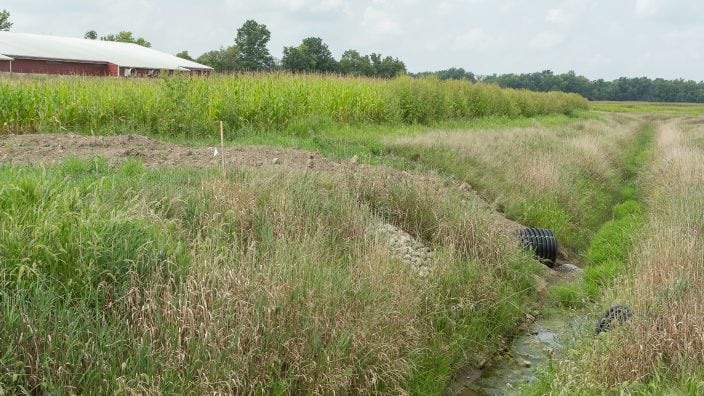Applications for Ohio Farm Bureau Health Plans now available
Members have three ways to apply: contacting a certified agent, calling 833-468-4280 or visiting ohiofarmbureauhealthplans.org.
Read MoreDiscussion topics include drainage management and Conservancy Districts in Ohio.
Sharing information on spring planting, first cutting hay, fertilizer and fuel prices rival discussions on primary elections, the national economy and international affairs. There’s plenty to talk about this time of year. If you want to “change the subject,” here’s a couple of discussion topics that could help you generate policy suggestions for your county Farm Bureau Policy Development Committee.
Petition ditches and subsurface tile systems are valuable drainage assets, providing resource management to efficiently plant, cultivate and harvest crops. Many of these systems are well within their second century of service. Given the amount of public and private investment in these assets, Ohio sits in one of the largest concentrations of drainage infrastructure in North America.
Community stakeholders are exploring needs for drainage. While some support less maintenance on petition ditches to allow the ground to return to a more natural state, others advocate that all public and private surface and subsurface structures be strictly maintained or improved to provide benefits across all fields, woodlots and developed properties. Where do you find the “balance” on care, maintenance and upkeep of Ohio’s public and private drainage infrastructure to benefit everyone?
Additional information/materials on this subject:
In response to the Great Flood of 1913, the Ohio General Assembly passed the Conservancy Act of Ohio. The act allowed the creation of conservancy districts to provide flood protection for communities within the state. There are over 20 Conservancy Districts, several with over a century of service. Some encompass watersheds at a multi-county levels measured in square miles. Some manage specific land holdings measured in acres, too.
Some community stakeholders have advocated that conservancy districts and their holdings should be protected and preserved much in the same way as a national park. Others continue to support maintenance of infrastructure and programs to primarily address flooding and water management. Where do we find the “balance?”
Additional information/materials on this subject:
Remember, you are not limited to these materials – Feel free to discuss additional topics and issues generated from the local newspaper, other publications and/or key events happening in your neighborhood.
Community Councils archives, essential forms
Remember, participants are not limited to these discussion topics and materials – Feel free to discuss additional topics and issues generated from the local newspaper, other publications and/or key events happening in your neighborhood.
Need some additional help? Contact your county Farm Bureau office for assistance.
Councils can access the council roster, meeting summary sheet and activity sheet forms online.
Remember to send council meeting forms and correspondence directly to the county Farm Bureau.
Many of Farm Bureau’s action plans started with conversation around a kitchen table, living room or front porch; lively discussion continues to develop using web applications, too.
To join a community council, contact the county Farm Bureau office.

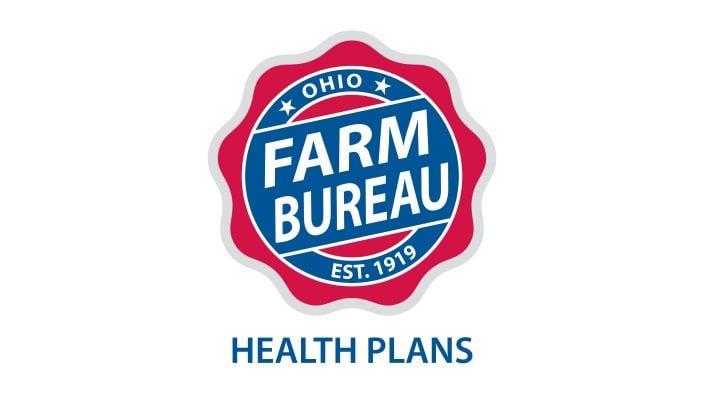
Members have three ways to apply: contacting a certified agent, calling 833-468-4280 or visiting ohiofarmbureauhealthplans.org.
Read More

Ohio EPA has recently proposed allowing data centers to obtain ‘general’ National Pollutant Discharge Elimination System (NPDES) permits for their stormwater/wastewater discharges.
Read More

Jan. 9-14, Ohio Farm Bureau members will shine a light on the outstanding leadership and community impact agriculture possesses in our state.
Read More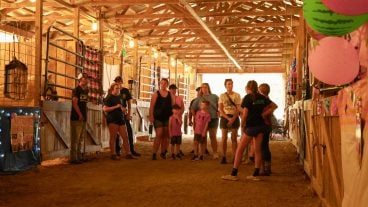
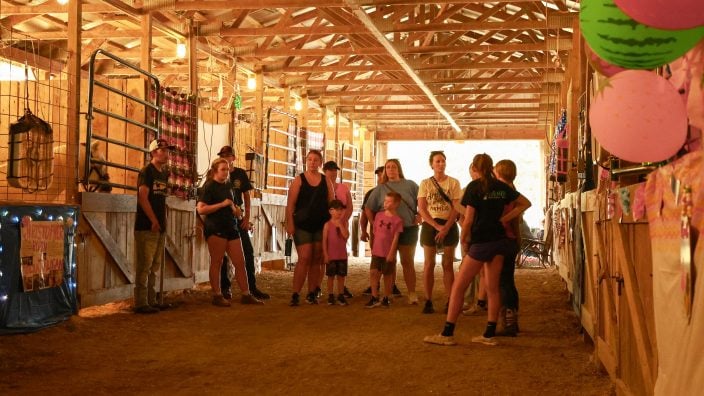
The American Farm Bureau Federation County Activities of Excellence awards celebrate unique, local, volunteer-driven programs.
Read More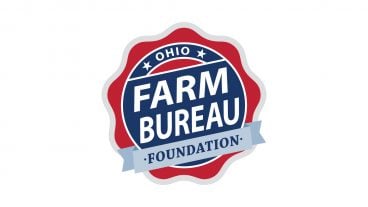
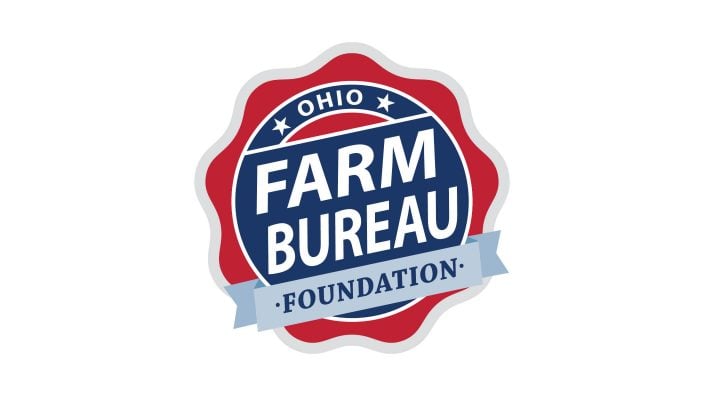
The scholarship provides one renewable award of $10,000, supporting a student pursuing a degree in agriculture or an agriculture-related field.
Read More

A short conversation over the phone, a quick text message or even finding a small daily habit such as journaling can make a big difference.
Read More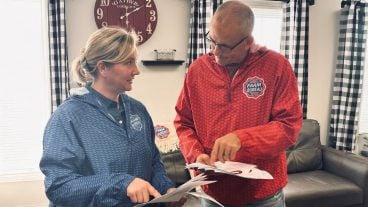
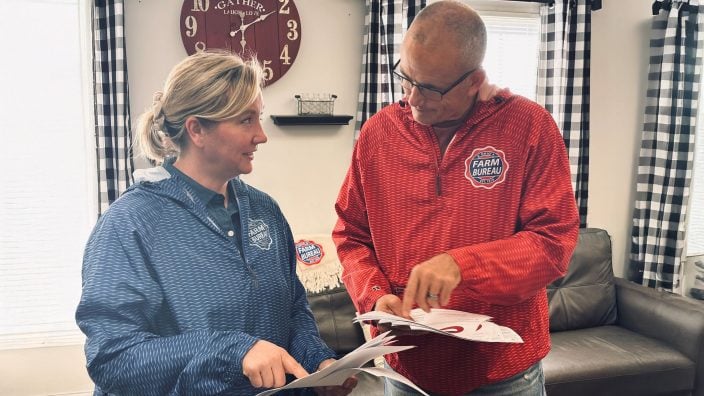
One of the best decisions Shannon and Heather Utter made a few years ago was looking into a Farm Bureau member benefit that has ended up saving them thousands of dollars on their energy bills.
Read More

Ryan Hiser has experienced first-hand the importance of having the opportunity to vote on issues that will affect his family operation and other farmers.
Read More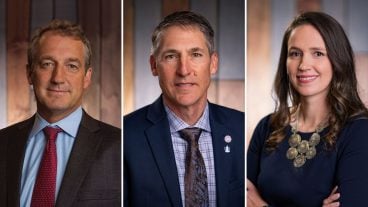
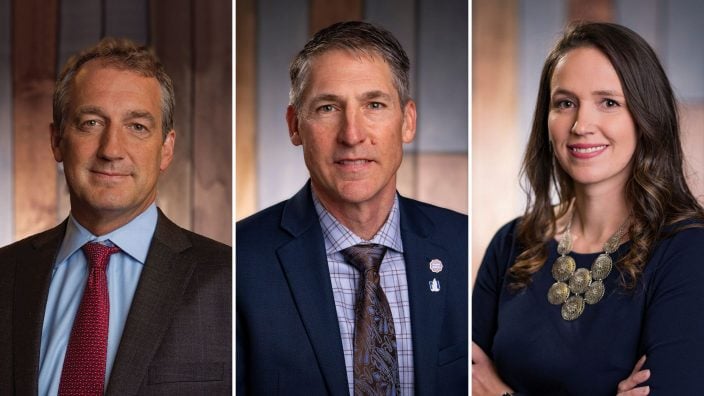
Bill Patterson, Cy Prettyman and Adele Flynn will continue to serve as officers for Ohio Farm Bureau Federation.
Read More
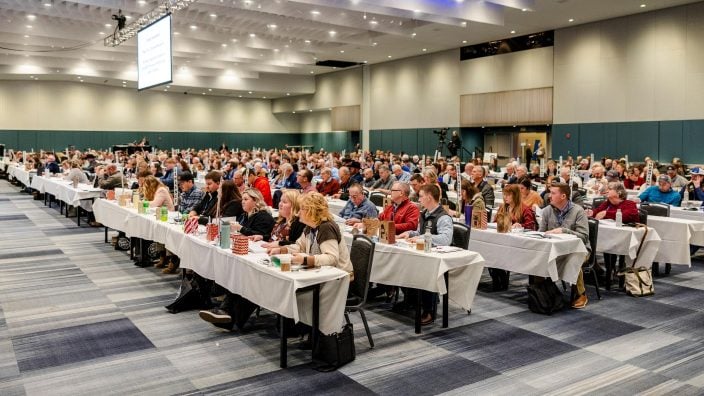
Delegates discussed many topics impacting agriculture including farmland preservation, local foods, and succession planning.
Read More